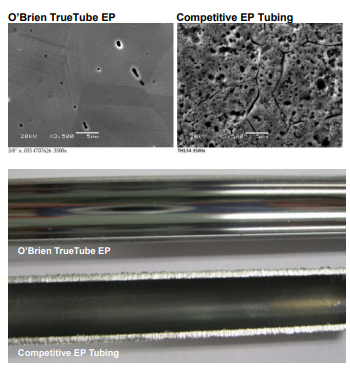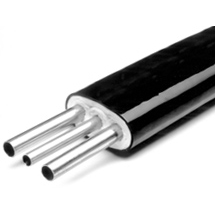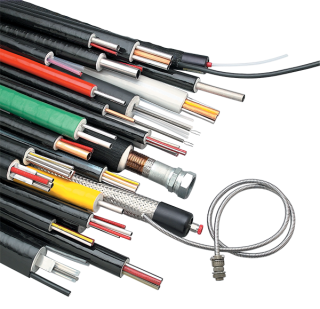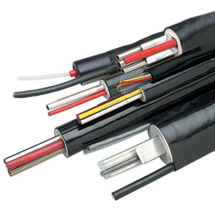Electropolished Tubing
Process Analytical
Buniness Unit Manager : Mr. Pakpoom Noi-u-thai
Tel : 081-874-5764
E-mail : pakpoom@pico.co.th
Admin
Tel : 02-939-5711 ext. 456
E-mail : process@pico.co.th
Electropolished Tube Selection for Analyzer Sample Systems
Selecting the optimum process tube for use in analyzer sample transport systems requires critical consideration of process conditions. O’Brien provides a wide variety of in house services including chemical passivation, thermocouple cleaning and cleaning for oxygen service. We also furnish chemically passivated tubing with an elemental silicon coating from SilcoTek. O’Brien was the first to develop a process capable of electropolishing long continuous coils of tubing to semiconductor standards for analytical sample transport. TrueTube® is a family of tubing products developed to provide reliable and repeatable performance in sample transport for process and emissions analyzers. O’Brien Analytical starts with select ASTM grade tubing and enhances its physical characteristics to improve dry-down, adsorption and corrosion resistance. We do this by controlling surface roughness, cleanliness, surface chemistry and reactive contaminants. The advantages of O’Brien TrueTube EP have been verified by independent laboratory testing and industry acceptance.
Cleanliness and Reactive Contaminants
The O’Brien TrueTube process removes drawing oils and other contaminants that are often present in commercial grade tubing. At the same time surface iron is removed and the tube is left with an enriched Cr/Fe and CrO/FeO ratio which resists corrosion.
Selecting Tube Material
Consider the level of protection needed against corrosion, porosity, and adsorption as well as the size, wall thickness and metallurgy (or coating) of the tubing.
Adsorption
When using stainless steel s the transport tubing, adsorption and desorption will exhibit itself as a delay in detecting changes of trace amounts of component (especially moisture and sulfur compounds, H2S and SO2.) The structure of commercial stainless steel tubing is such that compounds may be caught up in the “crevices” and not reach the analyzer. Once the tube is saturated the levels will equalize relative to the process as long as the process composition, temperature and pressure remain constant. Any change in composition, temperature or pressure will cause compounds to be adsorbed at a different rate by the tube or released at different rates from the tube surface and create a false “spike” in the analyzer readings. As a result adsorption and desorption create inconsistent and unpredictable results. This is sometimes referred to as the “memory effect”. This problem can often be solved by the use of electropolished and/or SilcoNert coated tubing.
Surface Roughness
Surface roughness contributes to adsorption / desorption problems associated with analyzer sample lines. The microphotographs below illustrate one of the differences in tube material and selection. Surface roughness is only one factor to consider when specifying sample tube material. However, like other choices in sample system components, it can improve or limit the repeatable accuracy of the entire system.
TrueTube EP
The photos illustrate the superior surface finish achieved by O’Brien electropolished TrueTube EP. Electropolishing not only improves surface roughness but also provides enhanced corrosion resistance by leaving a chromium enriched surface layer. The Cr:Fe ratio will be a minimum of 1.5:1 and CrO:FeO ratio will be a minimum of 3:1. With a maximum surface roughness of 10 μ inch and fewer than 40 distinguishable pits, inclusions or defects visible at 3500X magnification, this is the smoothest tube in the TrueTube family. O’Brien TrueTube EP provides improved corrosion resistance and reduced dry-down time.




